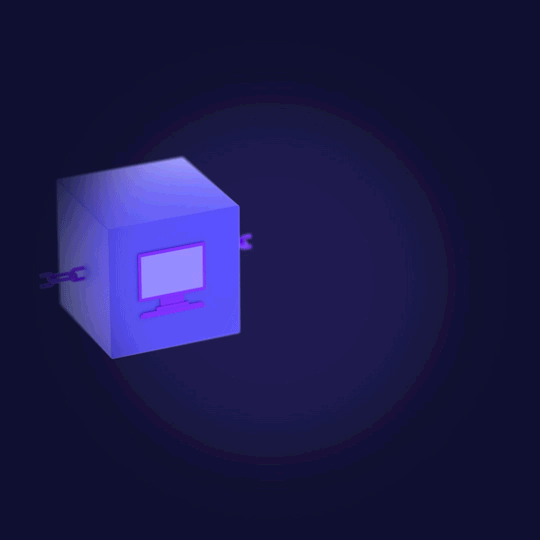What is blockchain? (opening chapter)
Blockchain is one of the most frequently heard terms in the crypto world, so it’s really important to fully understand it. For this purpose, blockchain as a topic is separate from the other workshops, as one chapter is not sufficient enough to cover everything.
Blockchain is a decentralized, distributed database. It is a digital record of transactions that is not stored only on one server or computer, but many copies of it are stored on several computers. This is one of the main features that make blockchain so transparent and secure. The nature of blockchain technology is often described as a “digital ledger*” as it records all transactions that have taken place on the network in a similar way to a traditional ledger.
*Note: “ledger” is the English term for the main book, where information about transactions is kept

Blockchain is the underlying technology that supports cryptocurrencies, including the most famous – Bitcoin and Ethereum. However, the potential of this technology extends far beyond the world of cryptocurrencies. Due to its ability to provide a secure and transparent way to track and verify transactions or information, it has the potential to change and improve many other industries, such as education and health.
What does it work? When someone wants to make a transaction, e.g. sending cryptocurrency to another person, a request for that action is sent to the network. To confirm and record the request, the blockchain relies on a network of computers called nodes.
These nodes verify the transaction and confirm its validity. Once a transaction is confirmed, it is added to the blockchain. Transactions are combined into blocks and added to the so-called blockchain in linear and chronological order. Each block contains a unique code called a “hash” (more on that in the next chapter) that differentiates it from other blocks while allowing a secure connection to the previous block. This makes the blockchain resistant to tampering and fraud, as a single actor cannot change a record without the consensus of the network.

To sum it up, blockchain is an innovative technology that can transform a wide range of industries by providing a secure and transparent way to track and verify transactions or information. By connecting blocks with a unique code in a linear and chronological order the blockchain is tamper-proof. This feature makes blockchain a powerful solution for various industries that require trust, transparency and security in their transactions.
